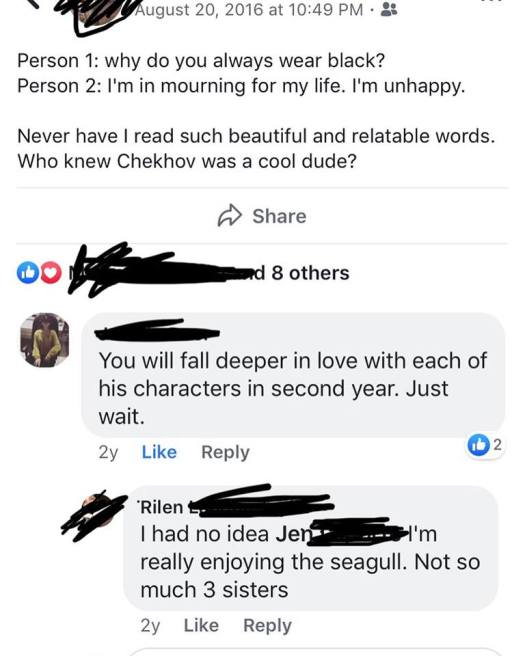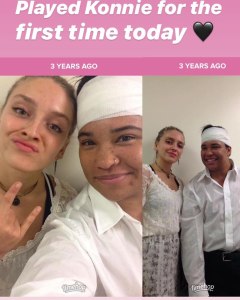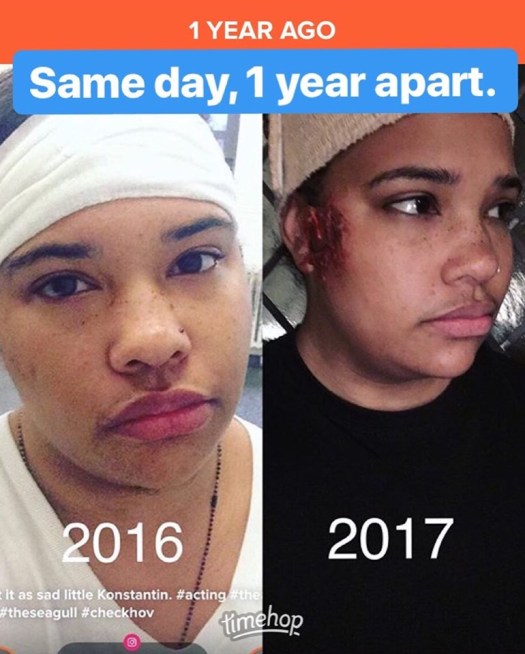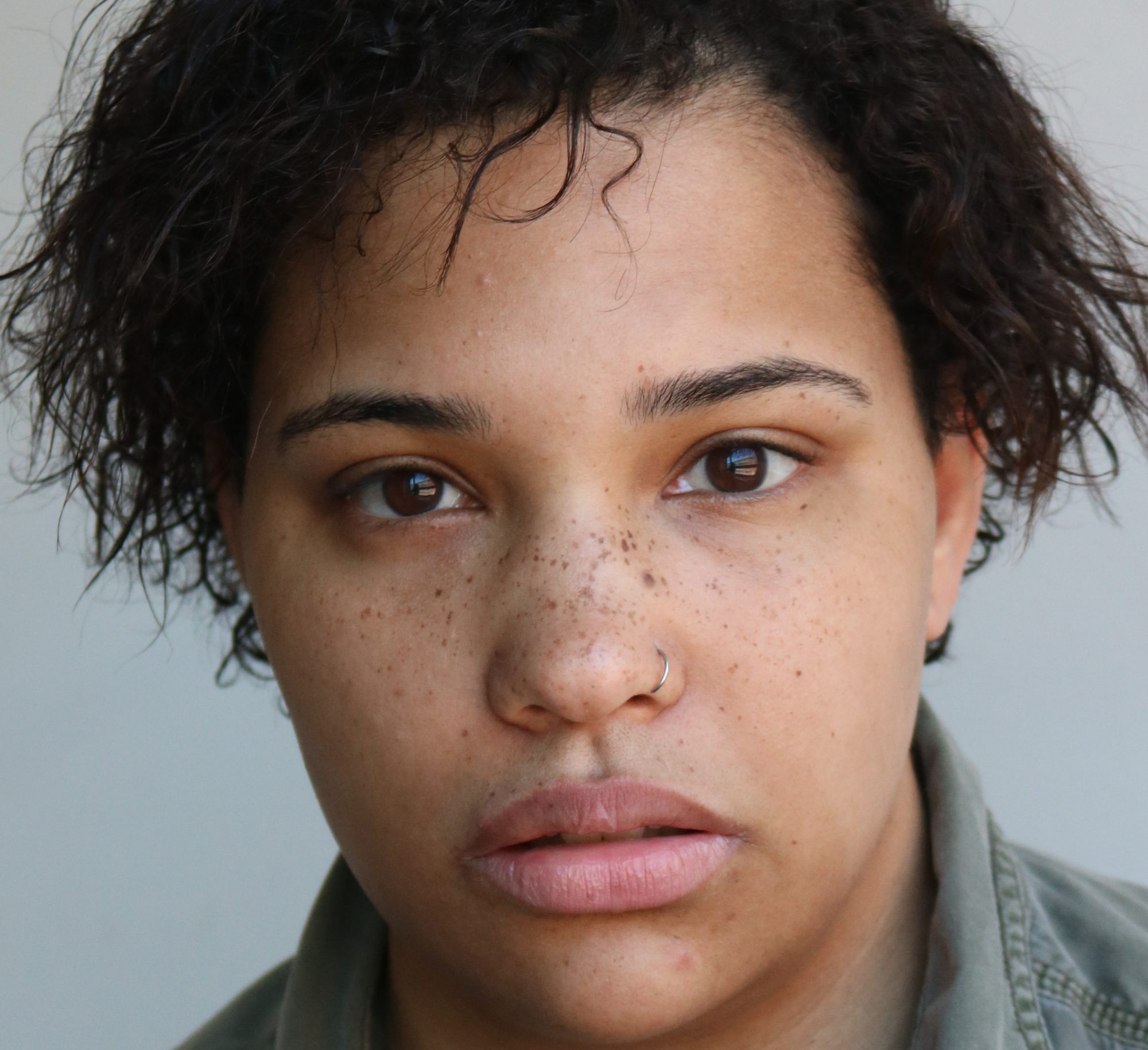Monday, October 28, 2019 5:29pm
So, I’ve decided that I wanted to start a ‘series’ essentially to document and reflect on my time when I played Konstantin in Anton Chekhovs 1854 play, ‘The Seagull: A Comedy in 4 Acts’ 2 years ago back in November 2017.
I want to start this series because playing Konstantin has been one of (if not the) greatest joys I’ve ever had in my life. I think for the rest of my life when October and November roll around I will forever become nostalgic for when I played this role. I know last year for 1 year anniversary I tirelessly and deeply documented the journey, giving behind the scenes peeks and sharing stories of my time in the play. Well, I want to do that again but in a more formal-concrete, permanent way. This way I can always look back at the pictures of my time during rehearsals and have a timeline of my journey through the show- all of the pitfalls and successes as a young actor just starting out in my professional career.
This series will serve as a reflection of how I’ve grown since taking my final bow and all the things I’ve learned because of that show. I hope you enjoy this wild ride with me. Prepare for stories of completely forgotten lines during a pivotal scene, the time I ripped my shin open when I kicked a chair open and was bleeding and how I still have a scar from it, and overall growing as a human while I navigated my way through my first leading role. So! Lets jump in friend!
____
I think it’s appropriate to start with how much Konstantin meant to me before even being cast in the show. I studied acting at The Atlantic Theatre Company Acting School full-time conservatory located in Manhattan, New York. I spent 2 years there growing as an artist and a human being as a whole. My second year we had to take a class respectfully named “Chekhov” When I was tasked with having to read 4 of Chekhov’s plays before the first semester began over summer break I wasn’t looking forward to it. Who gives a shit about plays written over 100 years ago by some Russian dude? Well, it turns out I did. I cared. Due to my extensive posting of pictures and documenting my life and the app Timehop I was able to trace the exact day I first read The Seagull- August 20, 2016.
Here’s the status I made:

I simply replied to my classmate “I had no idea, I’m really enjoying the seagull.” That’s right Ri, you had no idea.
These are the legit FIRST lines of the play in an exchange between Masha and Medvenko. And I remember putting my phone down to type out a status update of it because I thought it was so brilliant and funny. As I continued to read the play, (it’s full title being “The Seagull: A Comedy in 4 Acts”) I fell in love.
I fell in love with the character Konstantin to be more specific. Konstantin was this struggling writer who was consumed by depression. He longed for love from his mother who was cold and dismissive of him, he was rejected by the love of his life in unrequited life-long love and struggled with suicidal ideation. He ends up making an attempt at the end of act 3 by shooting himself in the head and survives but then, sadly the final moment on stage we hear a gunshot go off and the final line of the play is “Konstantin shot himself.”
It’s maybe morbid (or to some downright depressing) to think about how much I related to such a dark character but I did. I said from the beginning, he was my spirit animal. In a picture of the cover of the play on September 23, 2016 I wrote a facebook status: “It’s ya boi Konstantin. Aka my spirit animal. He is my life in words.” Even though he was written 136 years before I was born, he was me and I was him. I needed to play him. I was lucky to have been in training and had the opportunity to do a very famous scene from the show, commonly referred to as “The bandage scene” In this scene his mother, Arkadina (are-ka-din-ah– Russian names are a bitch) wraps his fresh wound from his botched suicide attempt and they end up getting into a monstrous fight where she insults his work as a playwright, calling him talentless, belittling him to the point that he begins to cry and she ends up yelling “Stop crying! Cry baby! Stop crying!” and he, in turn, insults her acting career as she used to be a successful actress which adds to her narcissist characteristics throughout the play. It’s a scene full of energy, life, vulnerability, hurt and volatile anger between two people who don’t understand each other that just (sadly) happen to be mother and son.
Well finally on October 6, 2016 I got to do the infamous bandage scene in class. I learned so much about myself in rehearsals and the eventual “performance” for the class in that scene. I learned that I was scared of being vulnerable and being seen and letting myself “go there” and allow my work to be messy. At school, you would do a first found of the scene, then get notes, and then do what was called a “bring back” which was the final polished scene. You would think with how much I connected with Konnie I would just be a puddle of tears and ferocious but I could never cry, and I still held back. When we did the bring back about 2 weeks later after our initial showing of the scene I had a breakthrough in my life as an actor: I let my walls down and cried. Hysterically. To the point that I could barely get my lines out- which is what was needed for the scene, but also what I needed for me as an actor. I proved to myself I could let my walls down, and what it felt to be out of control and free from any judgment of myself or being in my head. I remember calling my dad that night amped up and saying that I had always dreamed of doing/being capable of what I just did in that room hours before. It was a cloud parting the sky of realizing my power as an actor when I got out of my head and what could lie on the horizon for me as a performer.
Heres a picture of me the day we did the scene for the first time on October 6, 2016

Then oddly enough the day I did my bring back was a day that I was practicing the actual bandage scene for the professional production:

Sadly, this is the point in my life where severe mental health struggles were beginning to pop up and lead me down the dangerous spiral of self-harm and complete loss of self that lasted 4 months. A mere few weeks later, during Christmas break, I decided to leave the program for good.
So this was my introduction to the brilliance that is The Seagull. Despite having to leave training to take care of my mental health, little did I know not too far ahead, in November 2017 would I play Konstantin as my first NYC role and also marking my first leading role. which I would go on to play professionally a year later.

